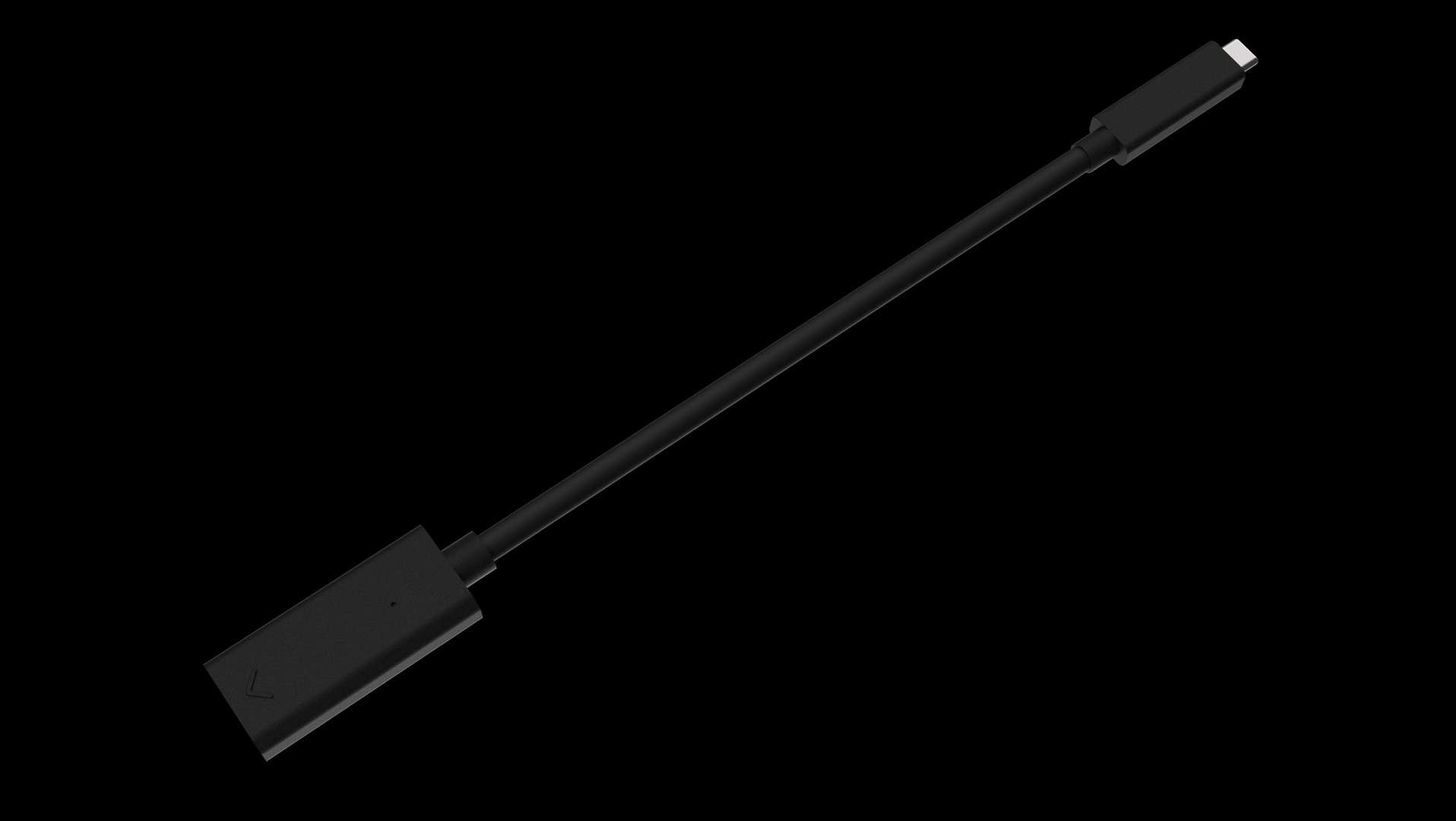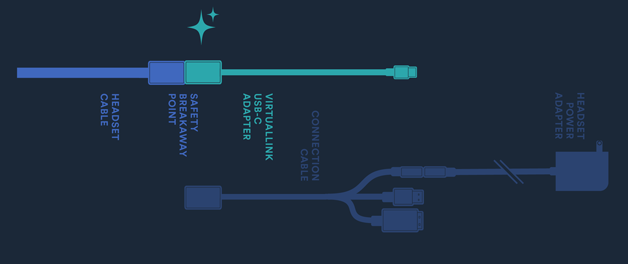Valve Has Cancelled the VirtualLink VR Connection Standard for Valve Index
Last year seemed like a very progressive time for the industry when many of the players including Microsoft, Nvidia, Oculus, Valve and AMD agreed to have a common standard-VirtualLink- for virtual reality which had been developed specifically to address the requirements of next-gen glasses. This had prompted Nvidia to go ahead and build the VirtualLink USB-C port into its many graphics cards.
However, it seems Valve is now opting out. It is seemingly not satisfied with the VirtualLink cable standard and has opted not to support it as it had previously committed.

Valve had initially offered an optional VirtualLink adapter alongside its new Valve Index virtual reality headset. This adapter was supposed to replace the three plugs at the end of VR headset’s tether with a single VirtualLink port which could be used with compatible graphical processing units (GPUs). Valve has now cancelled the adapter this week and is providing refunds. It has cited “technical issues” along with a lack of adoption of VirtualLink ports in laptops as reasons for the cancellation.
VirtualLink was unveiled in 2018 as a connection protocol as well as port (which is based on USB-C) that was developed for virtual reality headsets. It is an open standard that initially received support from some of the leading players in the industry.
Valve had been the first supporting company that released a first-party VirtualLink adapter as an optional accessory costing $40. This VirtualLink adapter was to replace the three ports found at the end of the default Index cable (namely USB, DisplayPort and Power) with a single USB-C port where users could plug into any VirtualLink-compatible GPUs.

Customers who ordered the adapter have this week been notified that Valve will be cancelling the product and providing refunds for the purchases along with a $20 Steam credit. Valve was quite candid in its cancellation note, clearly giving the reasons as to why it was withdrawing support for the Index VirtualLink adapter.
In its statement, Valve does not clarify whether the reliability issues experienced with the adapter are due to the VirtualLink protocol itself or whether they are emanating from its own adapter design.
Whatever the genesis of the issues, the company determined that they weren’t worth fixing due to the general lack of adoption of the VirtualLink standard in laptops where the incorporation of single port for use would have been most beneficial for the end user.
This is indeed true. While NVIDIA’s RTX Founder’s Edition GPUs along with many other third-party devices now offer support for the VirtualLink standard, the terrain is quite different when it comes to laptops where support for the protocol is almost non-existent.
Also, even in cases where there is significant support such as in the ‘GeForce RTX’ certified laptops that technically offer VirtualLink compatibility, not all of these gadgets even have the correct inner-piping that will be able to connect their USB-C ports to the GPU, which is a VirtualLink requirement.
Such a state of affairs has created a lot of confusion in cases where the laptop has both the USB-C port and the horsepower needed to run virtual reality applications but cannot practically support VirtualLink. Another key hardware bottleneck is that many of the laptop manufacturers are still not clearly labeling the USB-C ports on their laptops to notify users that they have VirtualLink compatibility.
Lastly, while NVIDIA has aggressively supported VirtualLink on its desktop GPUs, AMD is much less inclined to incorporate a USB-C port that will work with this feature. This is in spite of the fact the latest AMD cards are technically capable provided the USB-C port is available.
Valve has also stated that tests have shown that the VirtualLink connection isn’t stable. The company is regretting not having instituted this cancellation much earlier.
The future of the VirtualLink VR connection now sits on a very precarious ground following Valve’s withdrawal of support and the fact that Oculus Rift S isn’t supporting the cable standard. Microsoft, too, isn’t supporting the standard with its PC VR. It is still not clear whether VirtualLink will be an option in HTC’s upcoming Vive Cosmos kit.
https://virtualrealitytimes.com/2019/08/05/valve-has-cancelled-the-virtuallink-vr-connection-standard-for-valve-index/https://virtualrealitytimes.com/wp-content/uploads/2019/08/VirtualLink-USB-C-600x252.pnghttps://virtualrealitytimes.com/wp-content/uploads/2019/08/VirtualLink-USB-C-150x90.pngBusinessValveLast year seemed like a very progressive time for the industry when many of the players including Microsoft, Nvidia, Oculus, Valve and AMD agreed to have a common standard-VirtualLink- for virtual reality which had been developed specifically to address the requirements of next-gen glasses. This had prompted Nvidia to...Sam OchanjiSam Ochanji[email protected]EditorVirtual Reality Times - Metaverse & VR
